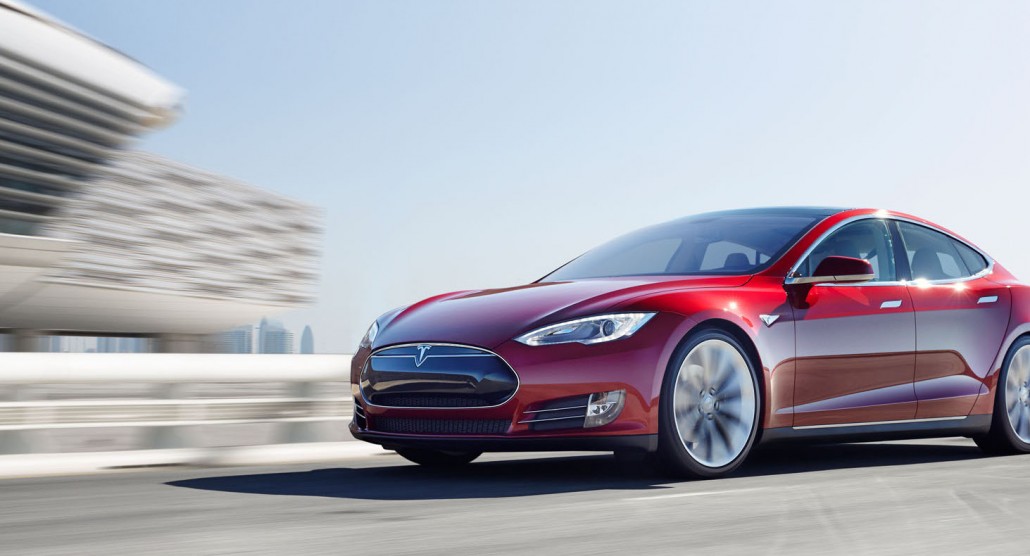As the Kendall Jenner Pepsi ad broke last week, many sat tight-lipped in front of their screens, shaking their heads and wondering how such a spot could have been made. The intention must have been good. Pepsi obviously wanted to associate its brand with a message of solidarity and spontaneity, one that celebrates our ability to change the world together. Pepsi, more simply put, wanted to teach the world to sing, but every note fell absolutely flat.
Reproach was swift and merciless, with an explosion of criticism over Pepsi’s decision to feature yet another thin, pretty model, the flagrant (ab)use of the usual, tired tropes and above all, the ad’s co-opting of protest imagery.
What could have prevented Pepsi from spending millions of dollars on an ad that got pulled almost as soon as it hit the web? A creative team comprising more people representing different genders, ages, sexual orientations and religions.
Science tells us that being around people who are different than us makes us more creative, more curious and more diligent. We know this. But when will more agencies actually start doing it? Here are some of the benefits that a more diverse/balanced creative team can provide you and your clients:
Less flash, more substance. Ads are supposed to tell stories. Everything about this too-long, over-produced video is trying to hide the lack of any real story. With better ideas to choose from, Pepsi could have produced an ad that made a real statement about speaking up and doing what’s right even when it’s hard. Instead, this ad whitewashes social activism and tries to rewrite it as something easy, light and cute. With its vague signage, fist-pumping hipsters and duck-faced hotties, the Pepsi protest was a few flower crowns short of an afternoon at Osheaga.
A more diverse creative team (with people who may have participated in actual protests) could have pointed out that protests draw attention to real social and political issues that impact life and death. Reducing them to a spectacle undermines the importance of movements like #BlackLivesMatter, it infantilizes protestors and it is condescending to those who generate real change. Society’s biggest problems do not get resolved by a pretty girl with a soda can.
Less sexism, more empowerment. A huge mis-step was casting Kendall Jenner, who is better known for her fashion shoots than her activism. Stripping off her wig and shoving it into the hands of her black assistant is not bold. Smearing her lipstick, only to have it magically replaced with a less edgy shade a few frames later, is not spontaneous. Joining the protest (but only after she’s exchanged a “come hither” with a handsome male cellist who nods his permission) is not revolutionary. Quite the opposite—it’s another depiction of a woman needing a man to grant her access to a public space.
She then proceeds into the crowd like a tourist, strolling past musicians and dancers, as if it were a Mardi Gras parade. The pleasing-a-cop-with-a-Pepsi finale is, to put it mildly, insulting on so many levels that it would take another article to list them all. A more diverse creative team could have pointed out that we need to stop reaching for the same white, rich “saviour”. Choosing to have a female lead is a step forward, of course, but the weight of sexist, demeaning and privileged imagery that surrounds her makes it a very painful 2.5 minutes to watch.
Less colourplugging*, more real people. How I wish someone would have warned the creative team about colourplugging; or more specifically, told them not to cast like you’re filling a series of gaps. Asian guy. Check. Muslim woman. Check. Black men popping and locking, transgender women, peace fingers, hugging minorities. Check, check and check. Where are the seniors? (No, the guy with the patch of white in his beard does not count.) The children? The dogs, even? If you want to talk about coming together to make change, then everyone needs to be included here, not just the young, the thin and the beautiful. As Stephen Colbert so cheekily noted, this could have been a promo for #AttractiveLivesMatter. Ads don’t need more Kendall Jenners. Right now, we need faces that better reflect our own experiences and realities.
Less assumptions, more awareness. Is your team diverse enough to ensure a broad enough variety of opinions, experiences and backgrounds? If not, take a step back. Talk to people whom you wouldn’t usually talk to and not just your equally privileged white-male colleagues. Read the times. Read newspapers, especially newspapers that you wouldn’t usually read. Coca-Cola’s iconic “I’d like to teach the world to sing” ad worked because the music, mood and images fit with what people were feeling in the early 70s; that is, mostly discouraged about the Vietnam War. They responded to the ad, because they needed hope.
Right now, people don’t want to have their outrage downplayed. What they do want is direction and purpose, to have their anger channelled into productive action. As we brace to fight for what we believe in, we want to be bolstered and fortified, not told that all our problems can be solved by soda and a catchy tune by Bob Marley’s grandson. Pepsi didn’t get it and it shows.
The video was produced in-house. Going by the result, we can safely assume that if there was diversity in the room, their message wasn’t getting across. Fundamentally, this ad missed the mark because Pepsi did what was easy (that is, fall back on their decades-old targeting of youth) rather than ask some hard, but necessary questions about what they should represent now and in the future. Questions that could have been better addressed by a more diverse and balanced creative team.
*The term colourplug was coined by Yara El-Soueidi, the co-founder of Espace L and a feminist extraordinaire living in Montreal, Quebec.
This article was originally published online in French on Infopresse.
Image from Elite Daily


